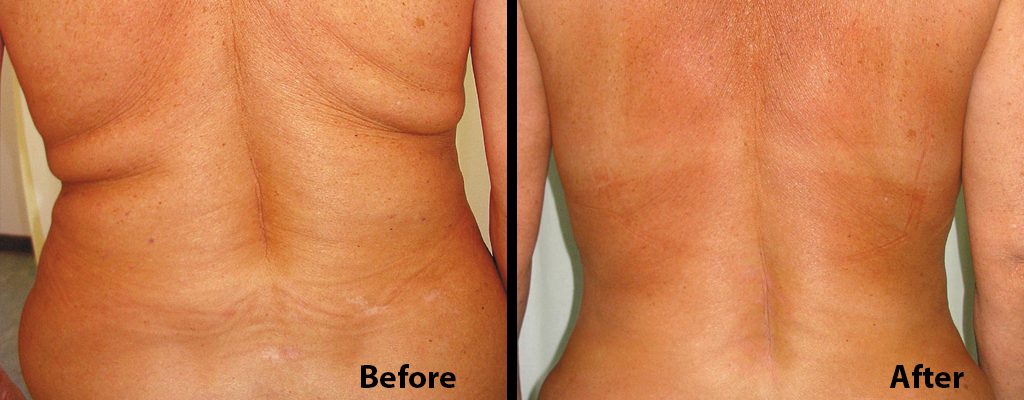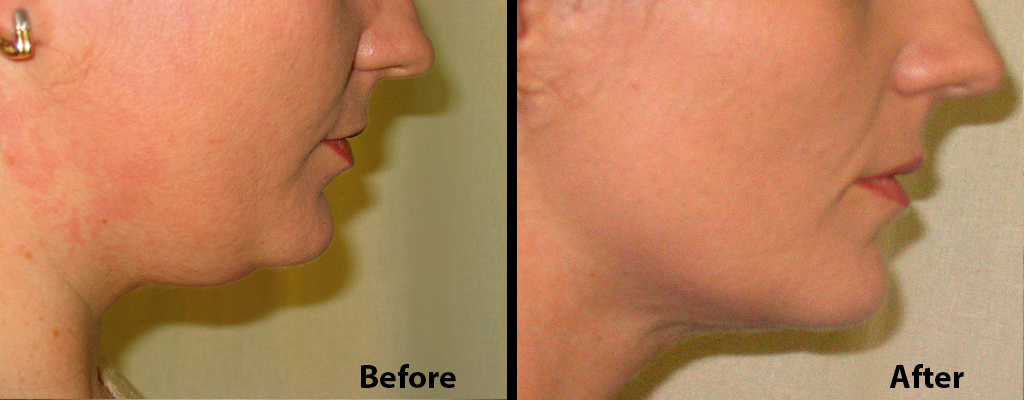Injection Lipolysis, Lipodissolve-Injections, Lipomelt-Therapy, Flab-Jab…
A new method of body contouring…
Injection Lipolysis is experiencing growing worldwide popularity in the field of aesthetics.
Originally criticized by established cosmetic surgeons, it has now gained a foothold due to very good results and almost hardly any unwanted side effects. The short history of Lipolysis began in 1988 when Sergio Maggiory, an Italian doctor, reported his results at the 5 th, Mesotherapy Congress in Rome after having injecting the substance phosphatidylcholine in xanthelasmas around eyes.
What is Phosphatidylcholine?
Phosphatidylcholine is a phospholipid found in the cell membrane (membrane phospholipid), a chemical that is involved in cell structure and intra- and intercellular metabolism. Apart from the sphingolipids, phosphatidylcholine is the most important essential phospholipid (EPL) of mammals and is a major component of the cell membranes in the human body. Furthermore, it has an important function for intra- and intercellular metabolism.
It has primarily been used clinically for intravenous treatment of fat embolism, for lowering cholesterol levels and as a liver protective substance.
How does it work?
The injected active agent phosphatidylcholine is a lecithin which contains two unsaturated fatty acids (Linoleic- and alpha Lionleic acids) extracted from the soya plant.
PPC ( phosphatidylcholine and deoxycholic acid ), which is injected into the subcutaneous fatty tissue with very thin needles, spreads like a table tennis ball, leading to melting or dissolving fats under the skin.
Injection Procedure
The injection duration is 20 minutes and with almost no pain during the procedure, it is safe, effective and avoids the hazards of liposuction, especially if it is for body contouring purpose and the patient can continue his daily activities immediately.
What are Expected Results?
The patients can lose around 4-6 cm in the injected are within 3-4 weeks.
What are Expected Side Effects?
Some patients can experience some inflammations and allergic reaction at the site of injection. It may last for one or 2 days maximum and can be treated with some oral medications or creams for inflammation.


